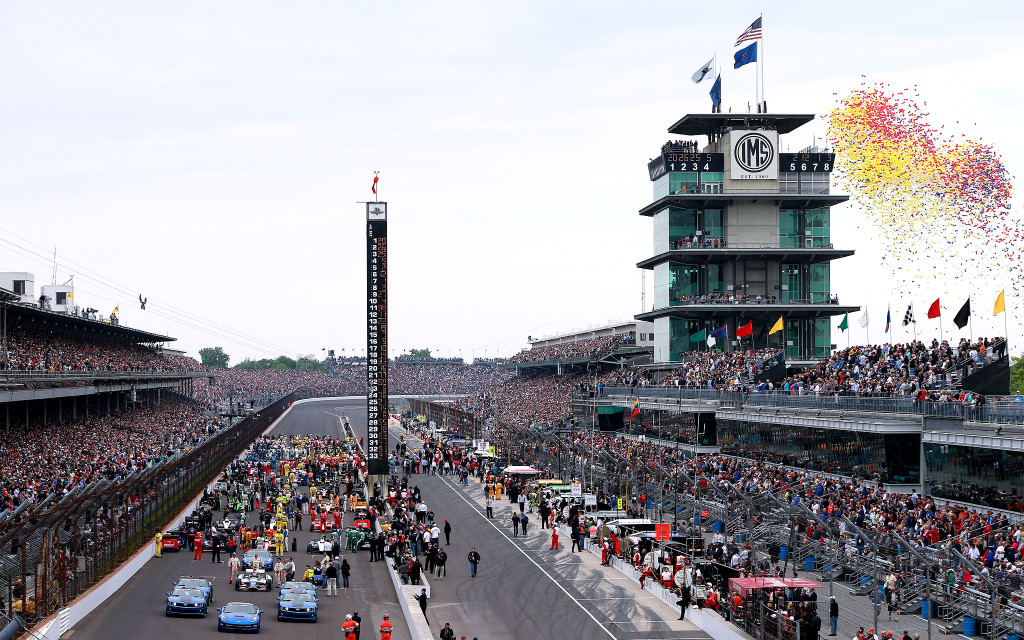Customer loyalty is the result of an emotional reaction. According to Beyond Philosophy, “customer loyalty is the rest of consistently positive emotional experience, physical attribute-based satisfaction and perceived value of an experience, which includes the product or services.”
Since it’s May in Indianapolis, it’s only appropriate to provide the following example to illustrate customer loyalty and it’s value to an organization.
A group of friends attends their first Indianapolis 500, purchasing tickets in the B stand near turn one. They each enjoy the pre-race festivities and are surprised by how much fun they are having watching the cars race around the track. By the end of the race, they’re already planning to go again next year. The Indianapolis Motor Speedway (IMS) reaches out after the race offering the friends the opportunity to reserve their seats for next year’s race. As a result, many IndyCar fans and IMS patrons sit in the same seats year after year after year. That’s loyalty.
The speedway is able to tap into the emotions of the race by offering the same seats to fans that they previously had, reminding them of their view of the balloons releasing in the air, the smell of rubber from the tires, the taste of the cold drink they enjoyed around the 100th lap, and the sound of the engines starting before the race.
IMS knows that bringing back last year’s race fans to the next race is less expensive than advertising to acquire new ticket sales. So the speedway works hard to offer a one-of-a-kind experience that results in high customer satisfaction. Happy customers are more likely to come back and will tell their friends and family about their experience… maybe even total strangers through social media platforms like Twitter, Instagram, and Facebook.
When customers are engaged on an emotional and intellectual level, and they value a product or service, they are more likely to become loyal to an organization and share their feelings about the product or service with others.
What differentiates your organization from your competition? Is it your unique product offering or customer service? Utilize review sites such as Yelp, G2 Crowd, and TrustRadius to learn what your customers love about you and think you can work on to provide a better experience.
Now, what are you doing to engage with customers to bring them back and refer you new business? Are you staying in touch with them and moving them through your customer lifecycle stages from new customer to loyal customer, or are you forgetting about them after their purchase and hoping they’ll reach out to you when they need something? It’s the difference between a reactive and proactive customer relationship.
Take the time to learn how lifecycle marketing can improve your customer loyalty while potentially reducing marketing spend.
Maybe you can engage in customer loyalty, Indianapolis-style, too.

